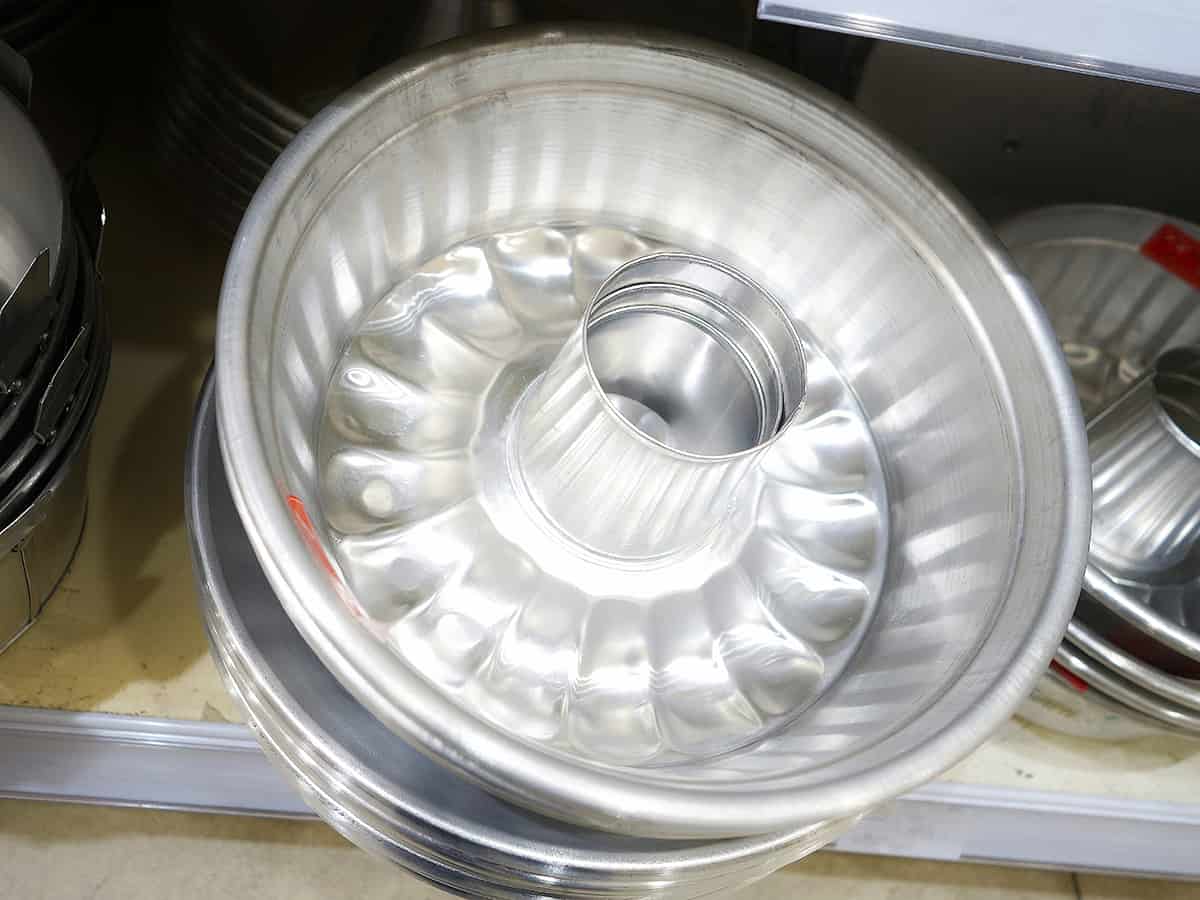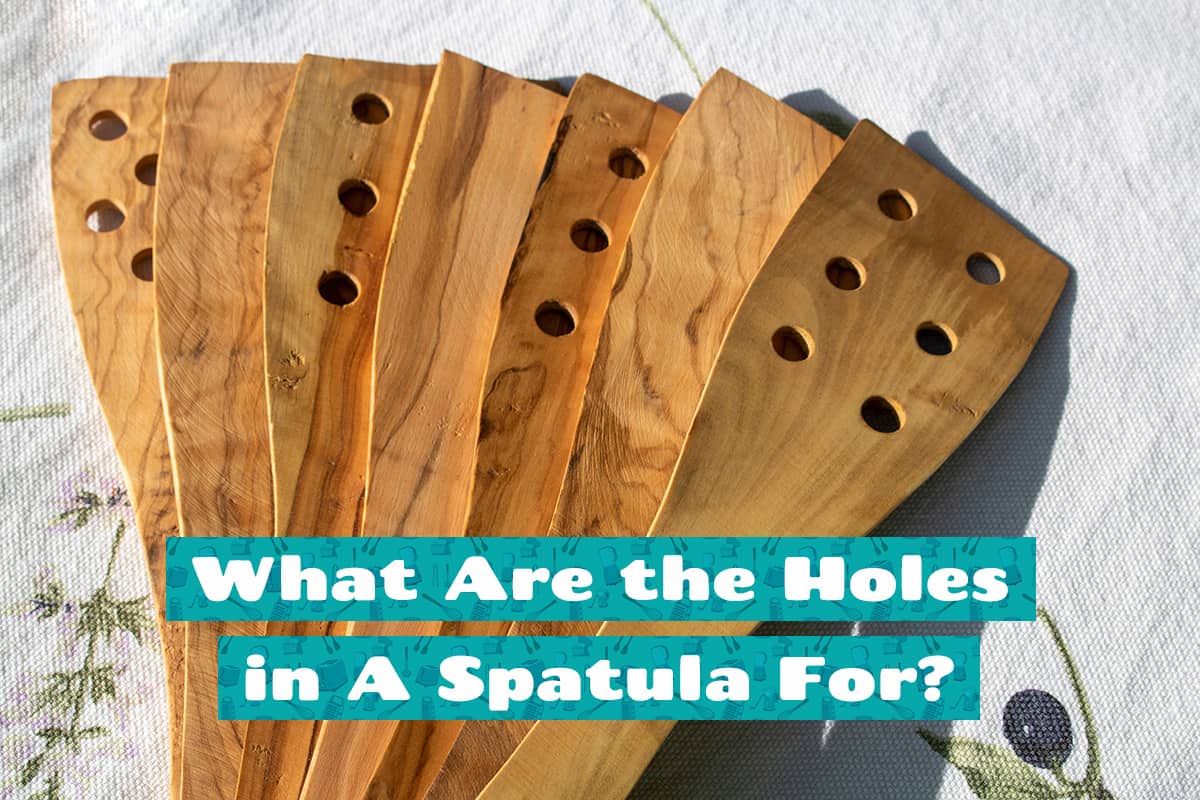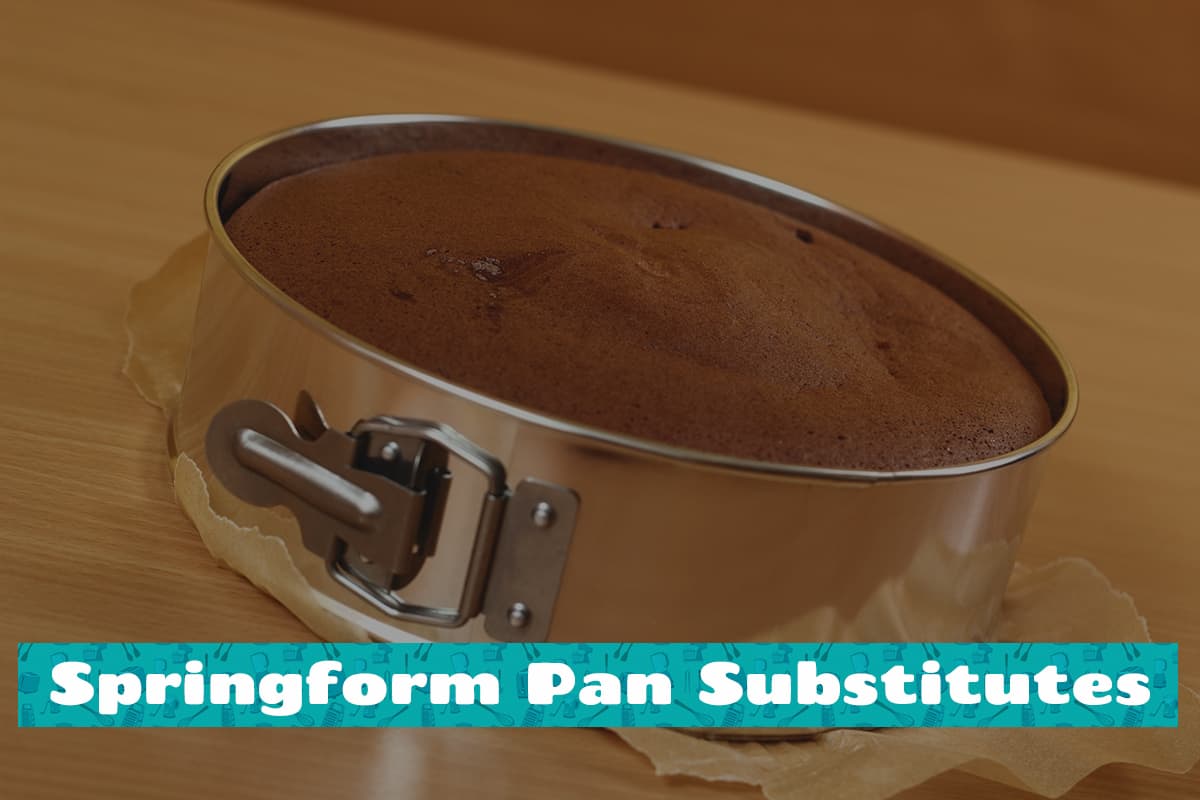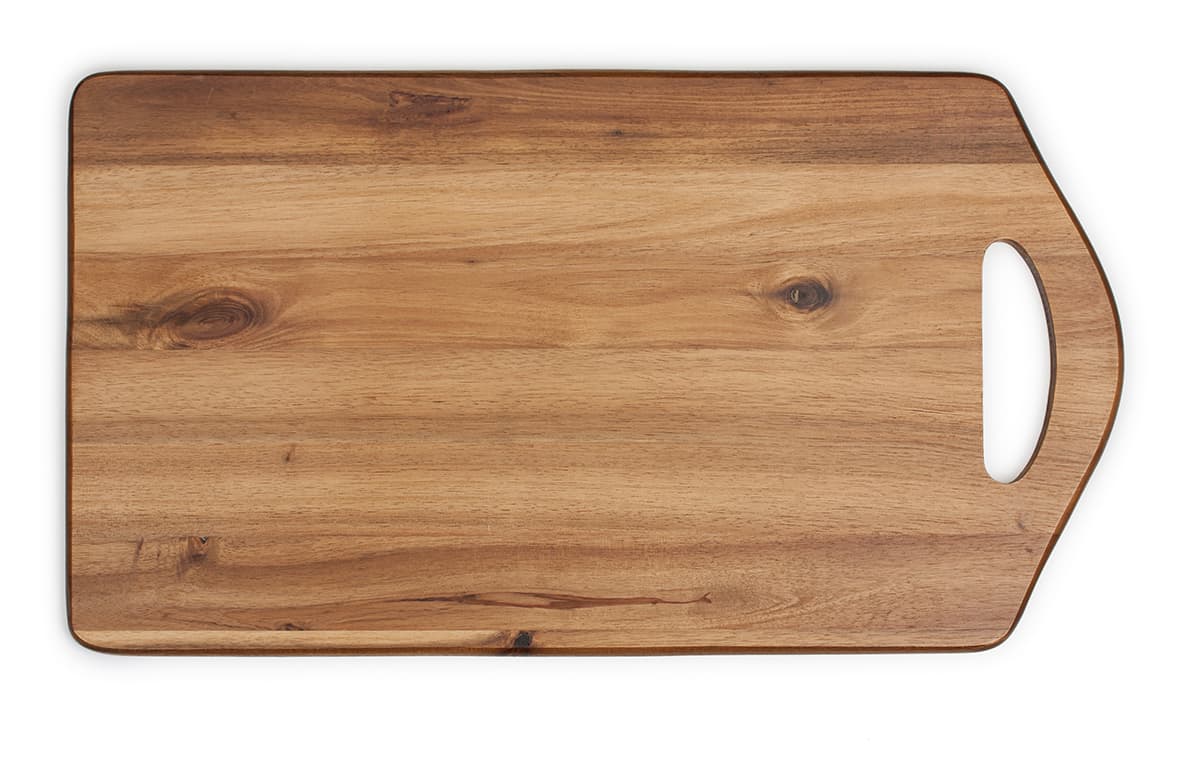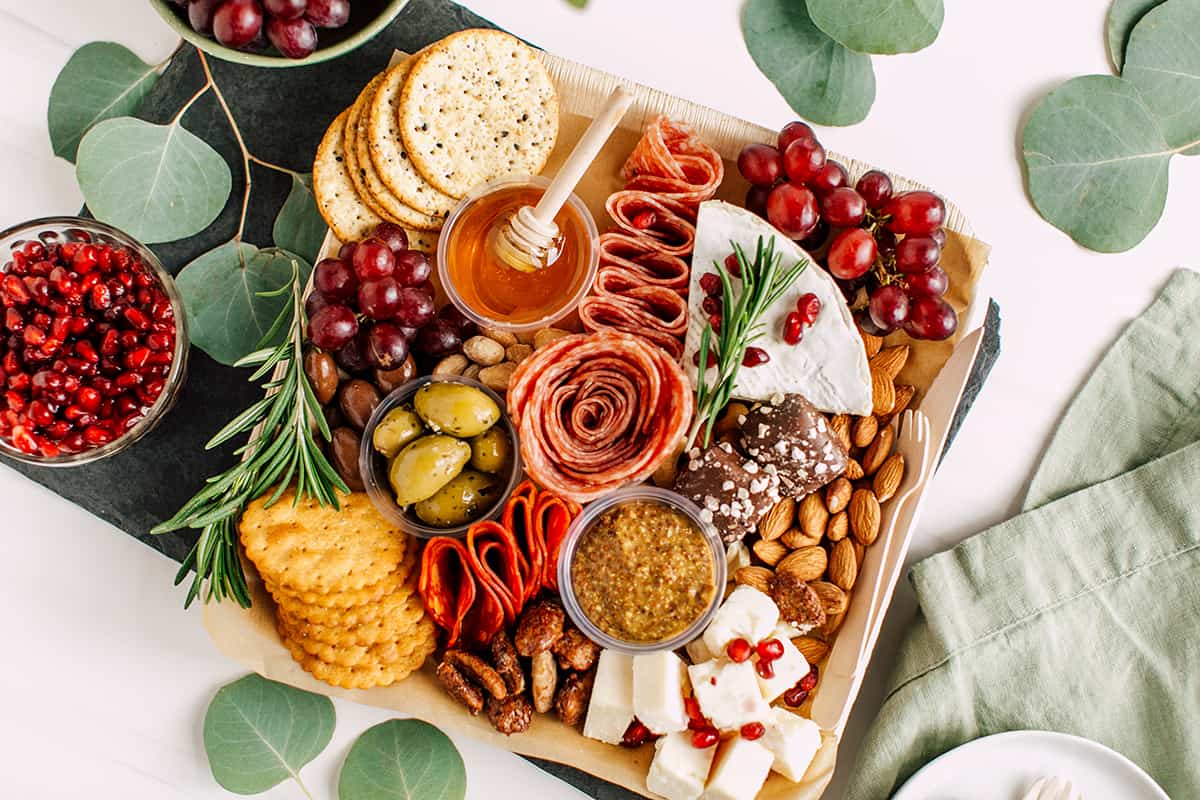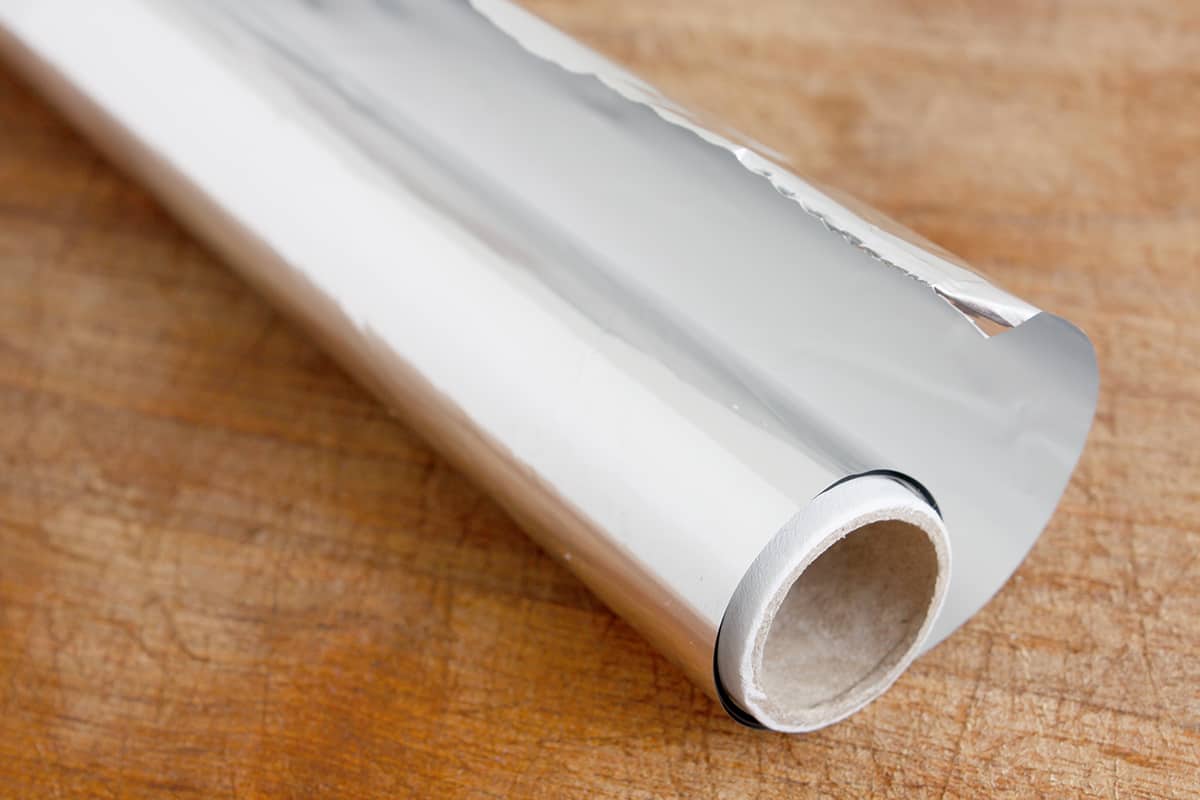Bundt cakes are instantly recognizable because of their fluted sides and hollow center, which they get from the unique design of a bundt pan. Bundt cakes are traditionally round, but you can also find bundt molds in a number of intricate or novelty shapes.
If you want to make a bundt cake but you don’t have the necessary pan, there are a few alternatives you can consider. Here we look at substitutes for bundt pans, as well as how to create your own bundt pan.
What is a Bundt Pan?
A bundt pan is an elaborately shaped mold for baking cake in, which is believed to have originated in Germany several hundreds of years ago. It rose to popularity in the US in the 1950s, when an immigrant began selling the pans to customers via a mail-order catalog.
Today, bundt cakes are made for a wide range of occasions, and they are known for their distinctive look which is impressive even without any additional frosting or decoration. Bundt pans will typically be round and have fluted or ribbed walls.
The telltale sign of a bundt cake is the hollowed-out middle, so a bundt pan needs to have a central spike to accomplish this. The pans are usually made from aluminum with a non-stick coating, but they can also be made from ceramic or even glass.
Can You Make a Bundt Cake Without a Bundt Pan?
The easiest and most reliable way to achieve a bundt cake is to use a proper bundt pan. If you have your heart set on making a bundt cake and you don’t have a bundt pan, there are other ways to create a similar look, but you should lower your expectations in terms of how the finished cake will look.
If you have a bundt cake recipe, you can bake this in any type of cake pan, as long as you aren’t insistent on it taking the shape of a real bundt cake.
Bundt Pan Alternatives
There are three types of pans you can use instead of using a traditional bundt pan when following a bundt cake recipe. The option you choose will largely depend on whether you are most concerned about the visual look of the cake, or the taste and texture.
Tube Pan
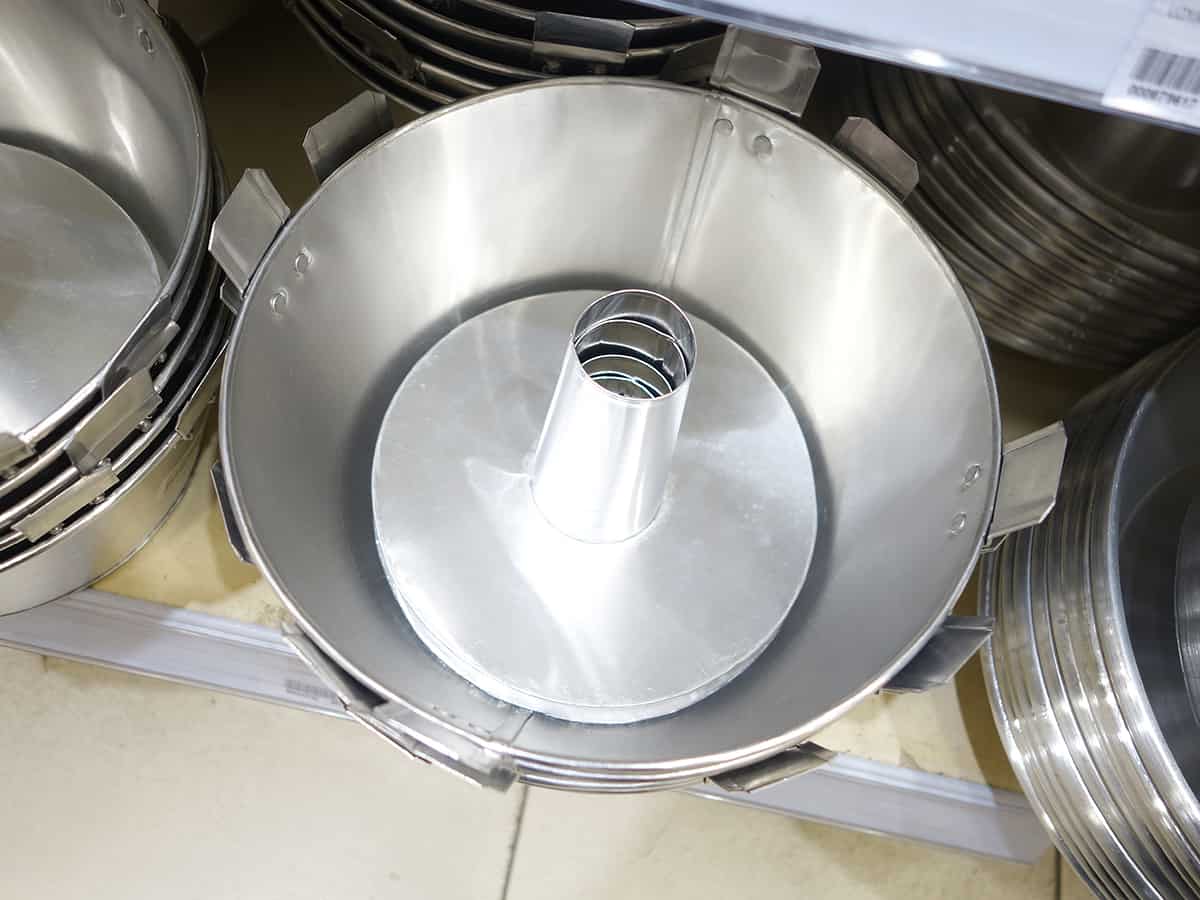
Without a doubt, a tube pan is your best substitute for a bundt pan if you are trying to bake a bundt cake without a bundt pan. This is because a tube pan will make a cake with a hollowed-out center, just like a bundt cake. Tube pans are also round like bundt cakes, to give a similar finished look. The similarities between tube pans and bundt pans in terms of both shape and size mean that a bundt cake recipe will cook very evenly when baked in a tube pan.
The key difference between these two pans is that a tube pan does not have fluted walls like a bundt pan, and it will typically be shallower than a bundt pan. This means your finished cake will not have the impressive ribbed walls of a typical bundt cake, but it will be circular and doughnut-shaped.
The shallower depth of a tube pan compared with a bundt pan means that you will need less batter. You can half the quantities of ingredients you use when preparing the batter, or you could make two tube cakes at once. After baking, you can make your tube cake look more like a bundt cake by icing it to hide the fact that the walls of the cake are smooth.
Round Cake Pan
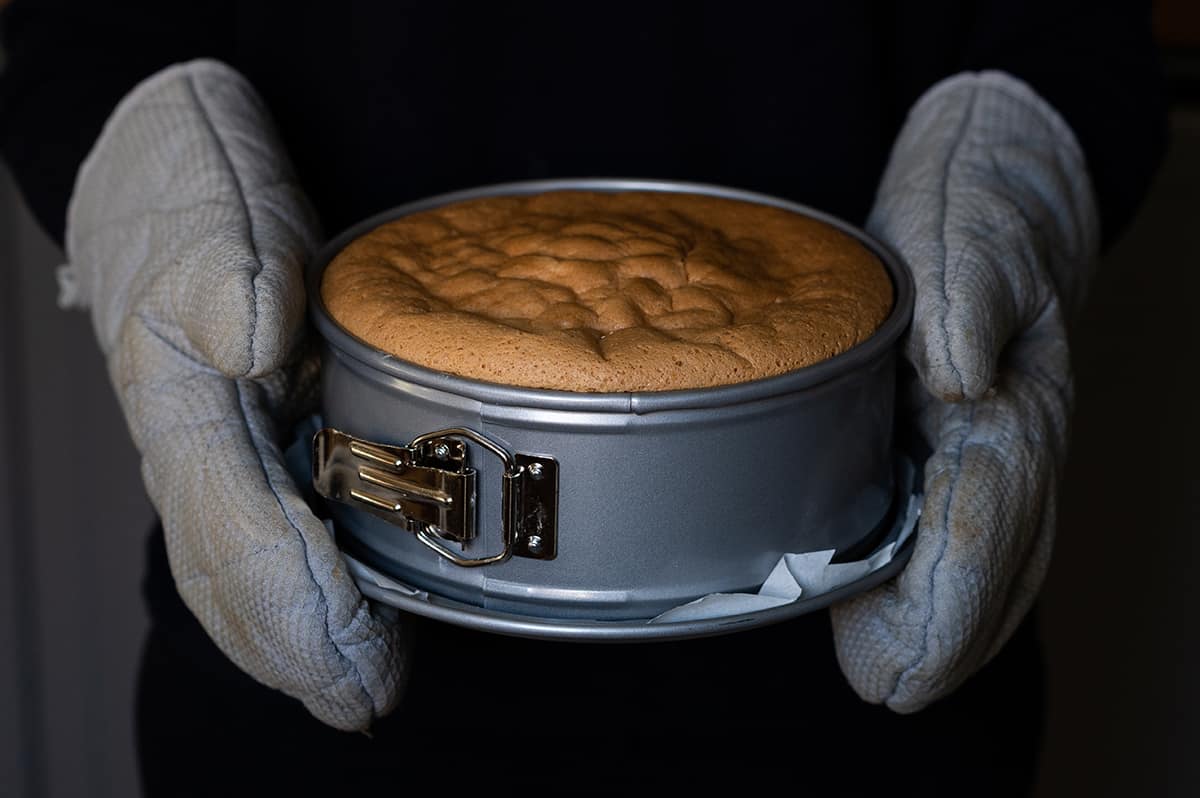
You can bake a bundt cake recipe in a round cake pan, and of course, it is not going to look like a bundt cake once it is baked, but it will taste like one. If you are more interested in achieving the taste and texture of a bundt cake recipe, rather than being fixated on how it looks, then using a regular round cake pan is a perfectly good option.
A springform round cake pan will be preferable because these have a removable bottom and expandable walls to make it easier to get your baked cake out of the mold.
Muffin Pan
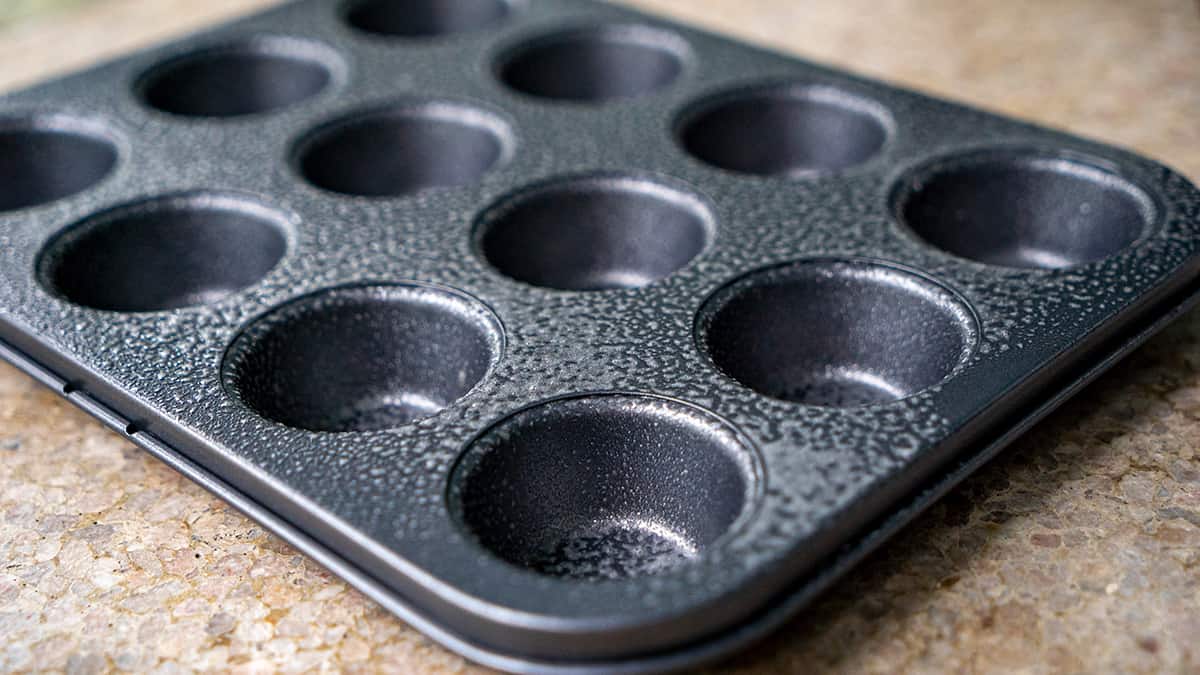
You can use a muffin pan to make a bundt cake recipe, simply by dividing the batter up into smaller portions and pouring it into the individual muffin molds.
Typically muffins are quite light and airy, while bundt cake recipes tend to be denser. If you bake a bundt cake recipe in a muffin tray, don’t expect them to turn out like muffins. They will have the heavy, dense texture of bundt cake, but will be in the shape of muffins.
Make Your Own Bundt Pan
If you’re planning on making bundt cakes regularly then it makes the most sense to invest in a proper bundt pan. A good bundt pan can be picked up for less than $20, and you can find them in baking stores, online shops, and in specialist retailers.
However, if you only want to make a one-off bundt cake, then it could be considered a waste of money to buy a bundt pan for a single occasion. Instead, you could try to create your own bundt pan for similar results.
To make your own bundt pan you will need a round cake pan, an oven-safe small round dish, and some oven-safe weights. The smaller dish will be placed in the center of the cake pan to create the hole in the middle of your cake to make it look like a bundt cake. A tall ramekin or souffle dish will work well for this purpose.
It will then need to be filled with oven-safe weights to hold it down, such as ceramic baking beads. This will prevent any batter from seeping underneath the central dish. You can then bake your cake as normal, removing the central dish before you remove the cake from the cake tin. The result will resemble a tube cake rather than a bundt cake, but you can make it look more like a bundt cake by icing it.
Sculpt Your Own Bundt Cake
If making your own bundt pan doesn’t sound appealing to you, you could achieve similar results by sculpting a regular round cake after it has been baked. To do this, bake your bundt cake recipe in a round cake pan, and then allow it to cool on a wire rack. Once cool, use a shark knife with a narrow blade to cut a hole in the middle of the cake.
Hollow it out completely, so that the cake is now doughnut-shaped. You can then follow this up with icing or frosting to hide the raw edges of the cake where you have cut it, creating the illusion that you have baked a traditional bundt cake. If you have good knife skills you could even try to sculpt the outer walls of the bundt cake with your knife to create a fluted effect.
This can then be smoothed over with a thin layer of icing to disguise the fact that the shape has been achieved with a knife rather than with a proper bundt pan.
